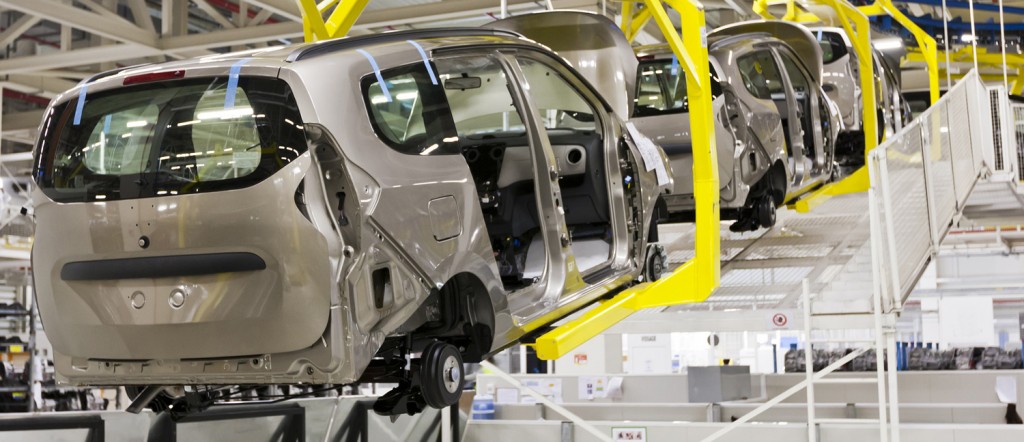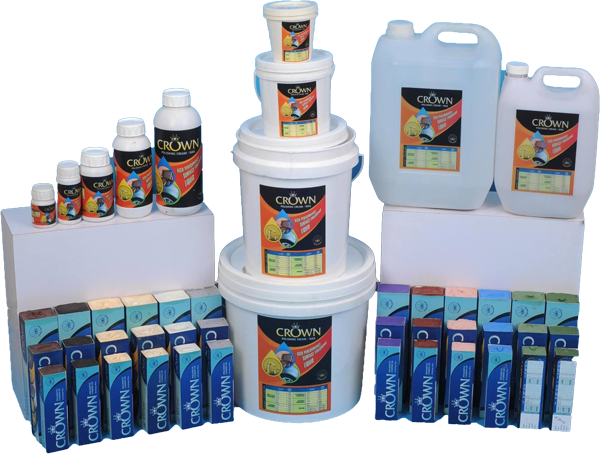A product with improved looks appeals more attraction.
And more attraction yields more customers which can furnish more business. That’s the reason why manufacturers are highly concerned about finishing of their products. Desired finishing can be achieved by proper surface preparation. Surface preparation is the most important process of manufacturing. This process removes flaws, defects and roughness from the surface. This process gives proper finishing and enhances looks and appearance of the work-piece.

But in the world of highly competitive market, manufacturers are also worried about the cost of production. They are constantly trying and searching new techniques to optimize their production cost. They strive hard to find different alternatives. But somehow they make some mistakes in selection of alternatives, which ultimate degrade their quality and productivity. Such mistakes force them to lose grounds to competitors.
Why these mistakes can degrade quality…? And how the best finishing results can be achieved…?
Minimum Grinding – Usually manufacturers performs 1 or 2 steps grinding process.
Most manufacturers follow minimum grinding process to minimize their overall working cost. They perform grinding process with one or two step of any suitable grit for e.g. 120 grit emery and 220 grit emery and forward the work-piece for buffing process. This is actually a wrong technique. This practice cannot cut the mountains and level the valleys on the surface. This practice can only produce a semi rough surface which in turn cannot to achieve mirror gloss. Ultimately, by doing this manufacturer degrades their own quality and loses ground to competitors.
According to the international standards proper surface finishing can be achieved by grinding with finer and finer grit size progressively. Western Abrasive is leading emery supplier and manufacturer, contact us for samples.
To achieve best surface finishing results, it is highly necessary to perform effective grinding & polishing process. Effective grinding & polishing can produce flat and scratch free surface. Effective grinding & polishing can be performed by progressive grinding by using finer grit in every next step.
For eg – If you are working on stainless steel work-piece than you have to follow a grinding process like…
Step – 1. Grind the surface with 90 Grit.
Step – 2. Grind the surface with 120 Grit.
Step – 3. Grind the surface with 220 Grit.
Step – 4. Grind the surface with 320 Grit or 400 Grit.
Step – 5. Grind the surface with 600 Grit.
Step – 6. Grind the surface with 800 Grit.
Use separate leather wheel for all Grit. Do not over-lap different grit size emery on same wheel. Progressive Grinding process works to remove lines of previous Grit. By this way of using finer grit in every next step of grinding can achieve plain and flat surface. Better grinding & polishing can produce more glossy finish.
Once you have completed with the grinding & polishing process, buffing is the next step to be performed.
Use of brush wheel – Manufacturers use brush wheel to achieve effective cutting results after grinding.
But here before buffing process, manufacturers often use wired brush wheel to cut the lines of grinding. Of-course their motive is right to achieve flat surface but they are unaware with the truth that the thickness of bristles of wired brush is more than the 90 grit or 120 grit emery particles. So using brush wheel after grinding can develop deep scratches and make the surface dull and hazy. Even it can damage the finishing achieved by grinding. International standards of Grinding & Buffing don’t allow the use of wired brush wheel.
Use of wrong buffing wheel – Generally manufacturers use Sisal wheel, Fibber wheel, Hard stitched wheel (made up of mix fabric) etc.
Further to the process, buffing is the next step to achieve better surface finish. Buffing is the process of producing more smoothness on the work-piece and generates glossy finish. By applying buffing compounds on buffing wheel and rubbing work piece on the impregnated buffing wheel. This process will open gloss on the surface and produce finishing results.
Buffing can be done in 2, 3 or 4 steps to achieve progressive and shiny results. Each step of buffing performs unique function to achieve finishing results. Depending upon the pre-defined finishing standards, number of buffing steps can be followed. First step of buffing performs cutting action. It removes polishing lines, forming marks, scratches and other flaws to produce flat and uniform surface. A flat and uniform surface is the first necessity to achieve glossy finish.
Most manufacturers make mistakes in selection of buffing wheel. Most manufacturers use sisal wheel or mixed fabric hard stitched wheel with a very low range buffing compound. They follow such process to reduce their making cost but the reality is they actually increase their making cost and even it damage the surface of work-piece. Sisal wheel is too hard and the thickness of sisal threads is more, which may create deep scratches. Mixed fabric hard stitched wheel is not suitable for buffing. They are made-up from waste fabric cuttings. And this wheel may catch fire during buffing process. Using such kind of wheels required to apply on work piece while buffing, which turns into high electricity consumption, slow processing, low productivity and even dull finish. This kind of tactics only increases cost of production which ultimately leads you to face critical competition.
International standard suggest using Stitched Cotton Wheel made up of pure cotton for cutting step, Loose Cotton Wheel for inter-mediate polishing step and Flannel Wheel for Finishing and Supper finish step.
Cheap quality Buffing compounds – Manufacturers usually buy buffing compounds available at cheap and competitive prices.
Of-course the right combination of buffing wheel and buffing compound is more essential. Usually manufacturers select those buffing compounds which are available at cheap prices. Their intention is to optimize making cost. But this is not the right solution.
Buffing compounds is a composition of abrasives, oils, waxes and other chemicals. Abrasives are the hard particles which cut the scratches on the surface and make the surface even. These abrasive grains must be harder than the surface proposed to be polished. They should be of best quality suitable for application. Oil plays a vital role of lubrication which ensures smooth processing. Wax and other chemical works as binder to hold abrasive grains. Buffing compound performs well when it contains best quality & right quantity of abrasive grains, waxes, oils and chemicals. Any variation in quality or quantity of ingredients can effect on the polishing results. When the best quality buffing compound is applied on the edge of spinning buffing wheel, the friction generates the heat and melts the wax and both wax and abrasive get applied on the face of the wheel This helps workers to apply low work pressure on work piece and performs smoothly, which ultimately reduce consumption of buffing wheel, buffing compound, and electricity. Because workers can perform more smoothly, it will also reduce polishing time and increase productivity.

Some facts about cheap price buffing compounds:
It has been observed by polishing experts that the cheap price buffing compounds are actually not suitable to achieve better results. Ordinary low range buffing compounds are not made-up of the right composition & standard abrasives. It will increase its own consumption. It spreads more and increase wastage. It cannot generate desired finishing results. Its incapability asks workers to apply more buffing compound on the wheel and apply more work pressure on the work-piece. This will increase residue, increase electricity consumption, increase polishing time, reduce productivity and quality. Ultimately it will increase cost of production with reduced quality.
The objective of buffing and polishing is to convert rough surface into smooth. So it is very essential to use correct buffing compound. Better quality buffing compounds can produce desired results with less consumption, less residue within a short polishing time. It enhances the looks of the work-piece to attract more customers.
Would you like to modify your process….???
“CROWN BRAND” helps to provide complete finishing solutions to enhance productivity, profitability leading to increased saleability of our client’s products.
Contact us or send email to [email protected]
Call us on +91-7211117283
